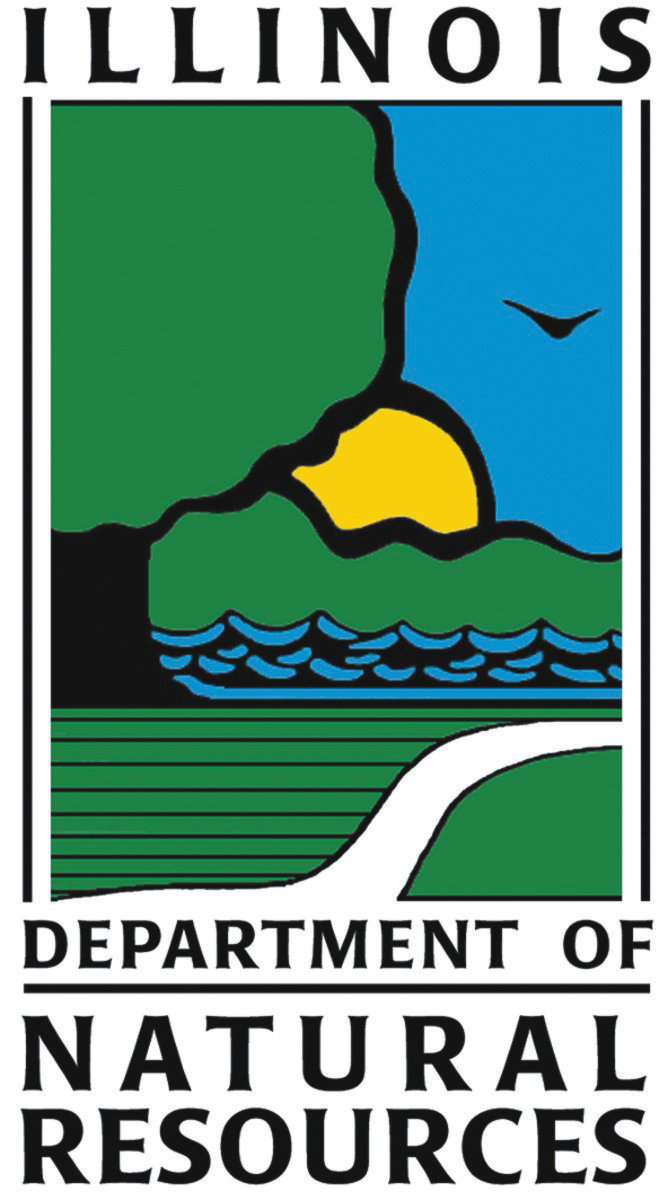
The shoreline along Lake Michigan is dynamic. Over the years there have been large fluctuations in the lake level. Storms, runoff, and beach erosion all create an ever-changing Lake Michigan coastal system. Local communities have witnessed the erosion of key infrastructures, damage to critical habitats, and the loss of park spaces, beaches, and public access points. In other areas along Lake Michigan an accumulation of sand clogs ports and harbors and negatively impacts navigation.
The Illinois Wildlife Action Plan has a focus on Lake Michigan and its coastal area because they are among the most biologically diverse places within Illinois. The Lake Michigan and Coastal Campaign is to maintain and enhance biodiversity in this region through actions that are realistic, achievable and implementable within the next 10 years. This campaign aligns with the geography, goals, and activities of the IDNR’s Coastal Management Program.
The goals of the Lake Michigan and Coastal Campaign are to:
- Minimize and mitigate adverse effects of new and existing coastal development on Species in Greatest Conservation Need (SGCN) and the habitats necessary to sustain populations.
- Increase public education/outreach and the use of best management practices to prevent new introductions of aquatic and terrestrial invasive species, limit expansion of existing populations, and reduce impacts of invasive species on native populations and habitats.
- Increase abundance and richness of SGCN and other native taxa in Lake Michigan and its coastal habitats.
- Increase the abundance and quality of functional habitats that support healthy populations of Lake Michigan’s fish and wildlife.
- Maintain and increase, if possible, the quality and extent of rare coastal natural communities and complexes of these communities that support SGCN.
- Maintain and/or reestablish hydrologic and biological/ecological connectivity between Lake Michigan and associated coastal wetlands and tributary streams while considering potential adverse and beneficial effects of connectivity on native populations and habitats.
- Develop public support for Lake Michigan wildlife and fish conservation by supporting outreach activities and recreational access to Lake Michigan and coastal natural areas.
- Increase funding availability and consistency for habitat work in Lake Michigan and the coastal area.
The IDNR Coastal Management Program coordinates the Illinois Sand Management Working Group, an informal network of local, state, and federal leaders and land managers engaged in regional collaboration to address shoreline change and management on public lands along Illinois’ Lake Michigan coast.
The Coastal Management Program has four priority goals:
- Habitats and Species: Protect and improve coastal habitats for the species that use them, with a focus on species and areas identified as priorities.
- Economic Development and Recreation: Support and facilitate resource-related coastal economic development including recreation, public access, and cultural and resource-based tourism.
- Coastal Communities: Help coastal communities improve their capacity to protect natural, cultural, and economic resources. Foster coordination and collaboration among communities to achieve shared goals.
- Program Development: Improve, refine and administer the Coastal Management Program to provide the most effective and responsive implementation of coastal resource management.







